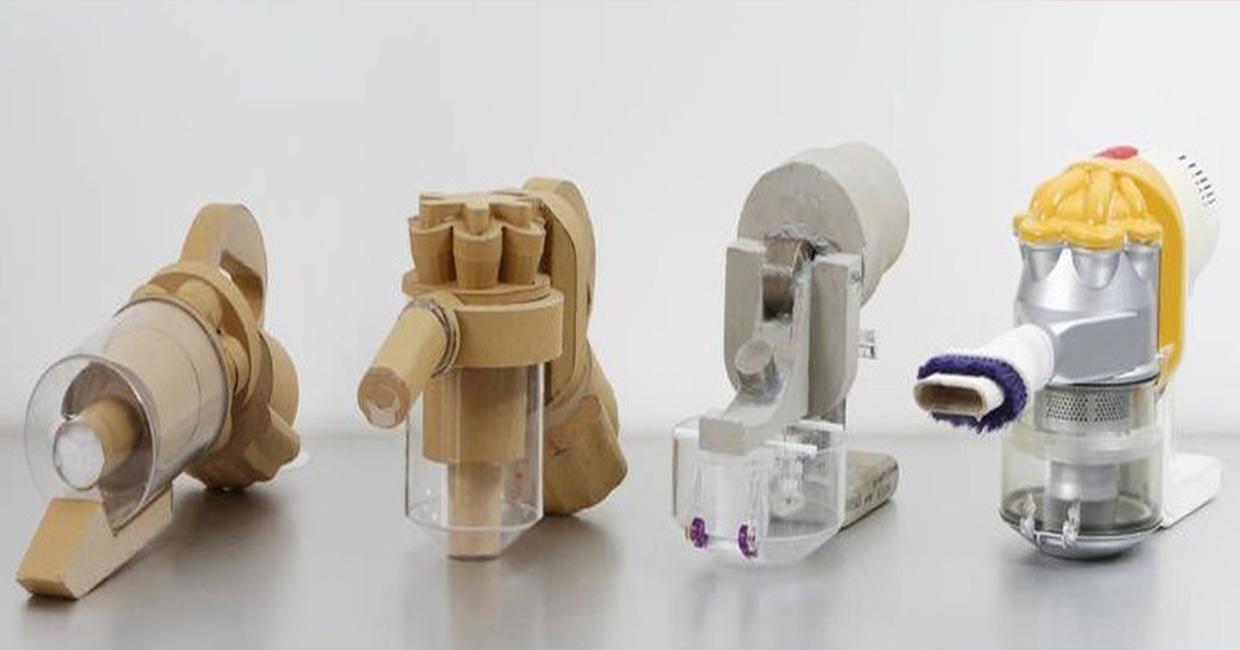At the end of 2021, thanks to the rollout of coronavirus vaccines, the global economy is slowly starting to emerge from the pandemic.
But Covid-19 has left one very destructive economic issue in its wake: disruption to global supply chains.
The rapid spread of the virus in 2020 prompted shutdowns of industries around the world and, while most of us were in lockdown, there was lower consumer demand and reduced industrial activity. As lockdowns have lifted, especially in the second part of 2021, demand has rocketed. And supply chains that were disrupted during the global health crisis are still facing huge challenges and are struggling to bounce back.
Supply will likely face this emergency for some time, particularly as there are bottlenecks in every link of the supply chain—labor certainly, but also containers, shipping, ports, trucks, railroads, air and warehouses.
In this context, the speed of the companies – start-up mostly, but in general every company in which the product development plays a major role – has been greatly affected, as the rapid prototyping is today a mature process and a clear step in the development, especially in the startup world. This process is used also to overcome development delays, and it is unfortunately greatly affecting the stabilization of the supply chain, as the vast majority of the company used are in the far East (China, India, Taiwan etc).
Rapid prototyping is the fast fabrication of a physical part, model or assembly using 3D computer aided design (CAD). Rapid prototyping provides engineer, design and development teams with distinct advantage such as:
- The ability to explore and realize concepts more quickly.
- Efficiency in time and cost.
- Make it easier to grasp the properties and design of a product.
- Quick market feedback.
Rapid prototyping gives product teams the ability to quickly iterate and refine their solutions using customer feedback. As a result, product investments involve less risk and produce better outcomes since the prototyping process delivers greater clarity of the product’s usability, value and scalability.
Many companies are pushing the rapid prototyping process to its limit, thanks also to the additive manufacturing revolution, and it is common today to hear engineers speaking about Evolutionary prototyping.
What is evolutionary prototyping? Evolutionary prototyping is a product development method where the developer or development team first constructs a prototype. After receiving initial feedback from the customer, subsequent prototypes are produced, each with additional functionality or improvements, until the final product emerges (here).
The concept is simple: get a minimum viable product (MVP) —something that works with only a bare minimum of features—into the hands of potential customers as quickly and cheaply as possible to gauge their reaction. This yields essential information about the real demand for the product (here). In the Supply chain crisis we are living still today (and that will be present also in 2022) the key word is clearly one: priority.
It is important to define which products needs to be produced quickly, without waiting list, and push the supply chain into this direction. This means creating a synergy between local suppliers and specialized companies. It is also important to clearly define which component is the most important in the new product the company is developing, especially if the MVP is kept simple to avoid unnecessary complexity.



